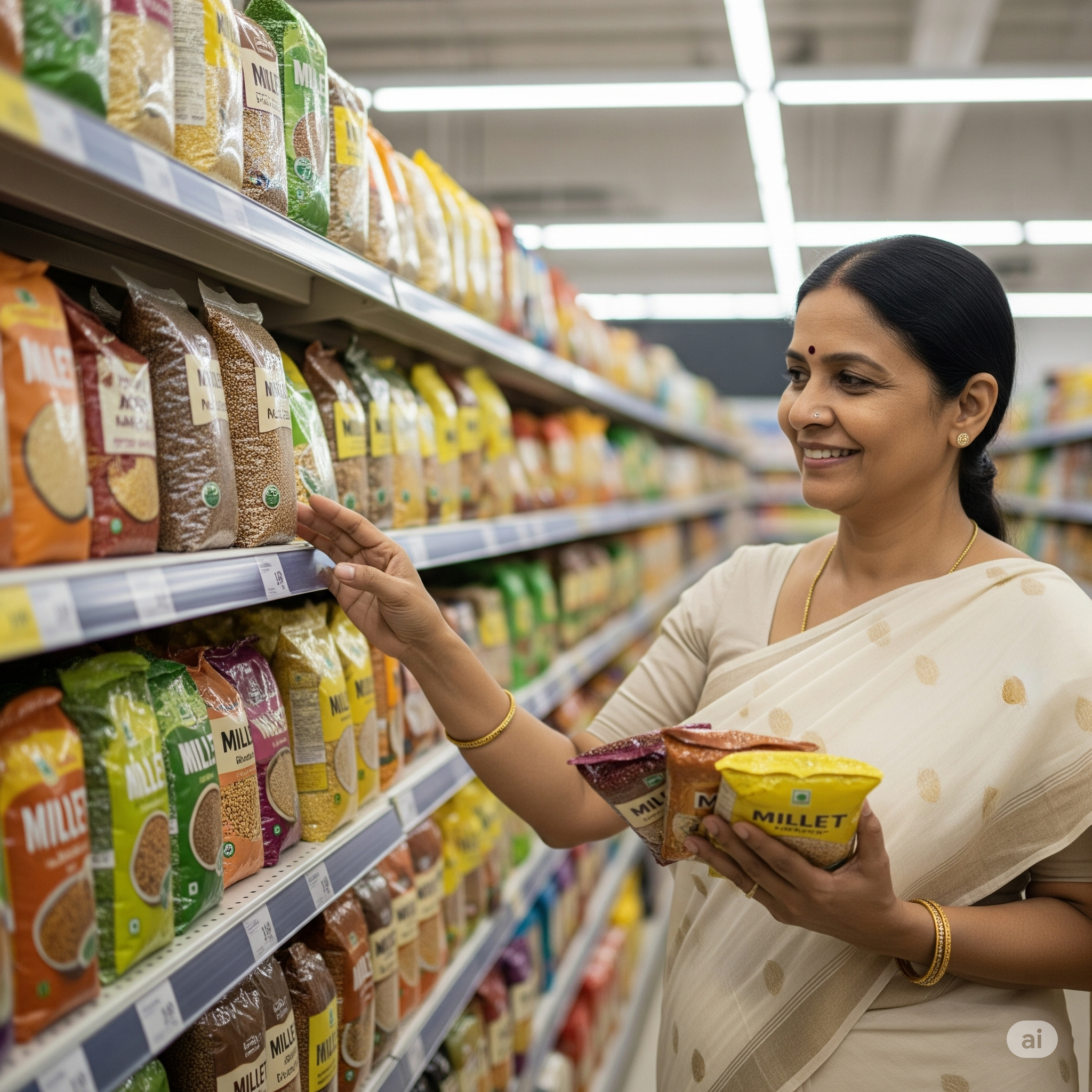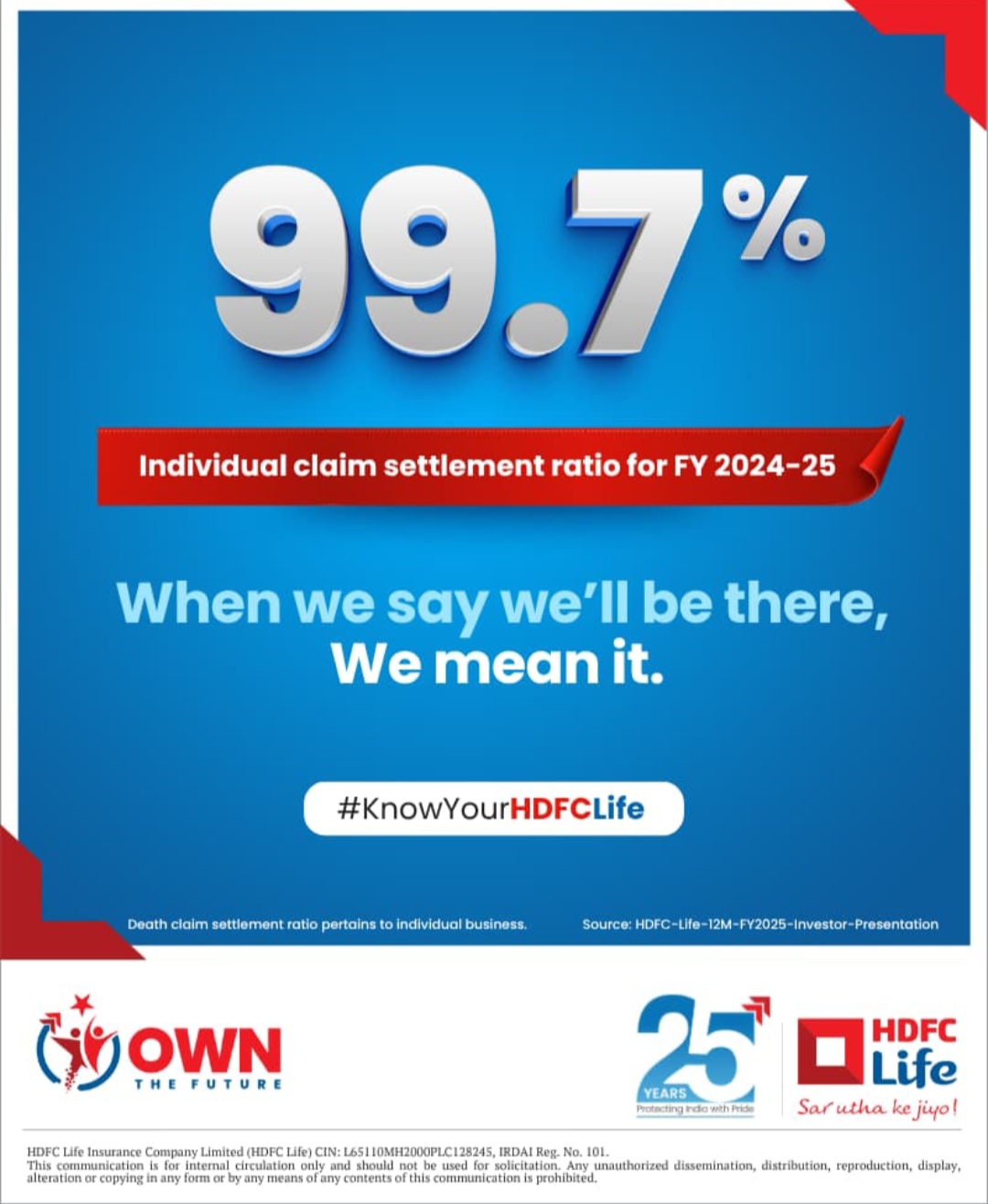Millet Marketing Missions in 2025, India has championed millets as the future of sustainable nutrition. After the United Nations International Year of Millets (2023) and several national initiatives since, government-backed campaigns have made millets a household term. But in 2025, a pressing question remains:
Are consumers actually buying more millets—or just more aware of them?
This Article evaluates the real-world impact of India’s millet marketing missions, from policy interventions and FMCG innovation to consumer behavior and price sensitivity.
The Marketing Push: Millets on Every Menu
Since 2023, the Indian government and several state agencies have launched aggressive millet promotion campaigns. Major milestones include:
- Inclusion in midday meals and ICDS (Integrated Child Development Scheme)
- Launch of Shree Anna branding, positioning millets as “super grains of India”
- Incentives for startups through ministries like MoFPI, APEDA, and Startup India
- Millet-centric pavilions at G20, Bharat Mandapam, and World Food India 2024
Social media awareness has been high, with nutrition influencers and chefs promoting millet-based diets. But has the consumption graph moved in parallel?
Consumption Data: A Mixed Growth Story
Recent data from the Ministry of Agriculture and APEDA reveals an interesting split:
- Urban packaged millet sales saw a growth of 27% YoY between 2023 and 2024
- Loose millet grain purchases in rural mandis, however, have remained flat or declined slightly due to higher comparative prices
- Exports of millet-based processed foods increased by 19% in FY 2024–25, especially in markets like UAE and Europe
The numbers indicate that while brand-driven, packaged millet products are growing, the broader staple replacement in home kitchens is still lagging.
Challenges in Turning Awareness into Action
Despite marketing success, several key bottlenecks prevent millet adoption from going mainstream:
a. Price Sensitivity
Most millets (especially packaged RTE forms like ragi dosa mixes or foxtail millet pasta) are 15–40% more expensive than wheat or rice alternatives.
b. Taste Familiarity and Cooking Ease
Wheat and rice dominate daily diets. Many consumers find millets less palatable or harder to cook consistently.
c. Supply Chain Gaps
Irregular availability in Tier-2/3 cities, poor quality control in loose grain sales, and low processing infrastructure affect supply reliability.
d. Lack of Institutional Purchase Beyond Schools
Millets are still missing from army canteens, hospital menus, or major private cafeterias—limiting habitual exposure.
Innovations Driving Change in 2025
To bridge the gap between visibility and volume, both startups and legacy FMCG brands have pivoted in 2025:
- B2B Integrations: Cloud kitchens and meal-kit brands now offer millet-based menus for health-conscious users.
- Private Labelling: Retail chains like Reliance Fresh, BigBasket, and Nature’s Basket have launched their own millet-based cereals and snacks.
- Farmer Cooperatives: FPOs in Karnataka, Rajasthan, and Telangana are offering bulk millet contracts to hotels and flight kitchens.
- Gen Z Nutrition Products: Millet energy bars, cookies, and even millet milk alternatives are gaining traction with urban youth.
These moves signal potential—but adoption is still concentrated in premium markets, not yet in Bharat’s kitchens.
What Needs to Happen Next?
For millet marketing to convert into mass consumption, India needs to:
- Subsidize millet products like wheat and rice, at least during early adoption phases
- Encourage recipe standardization and YouTube-level millet cooking content
- Include millets in ration systems (PDS) to reach bottom-of-the-pyramid consumers
- Promote agro-processing units in millet-growing states to reduce post-harvest loss and improve shelf-ready supply
Conclusion
The millet marketing campaigns of the last two years have undoubtedly put these ancient grains back in the national spotlight. But in 2025, the shift from heard of to habitual use is still underway. Packaging, pricing, and palatability will define whether millets can evolve from policy-backed hype to plate-level reality.
Until then, India’s millet movement remains a high-potential story with much ground still to cover.


Leave a Reply